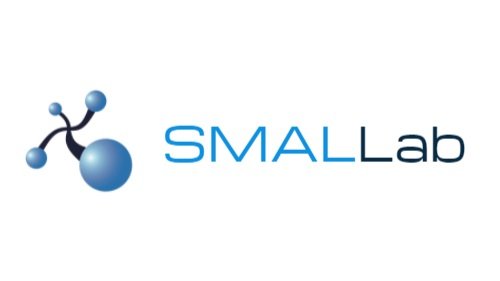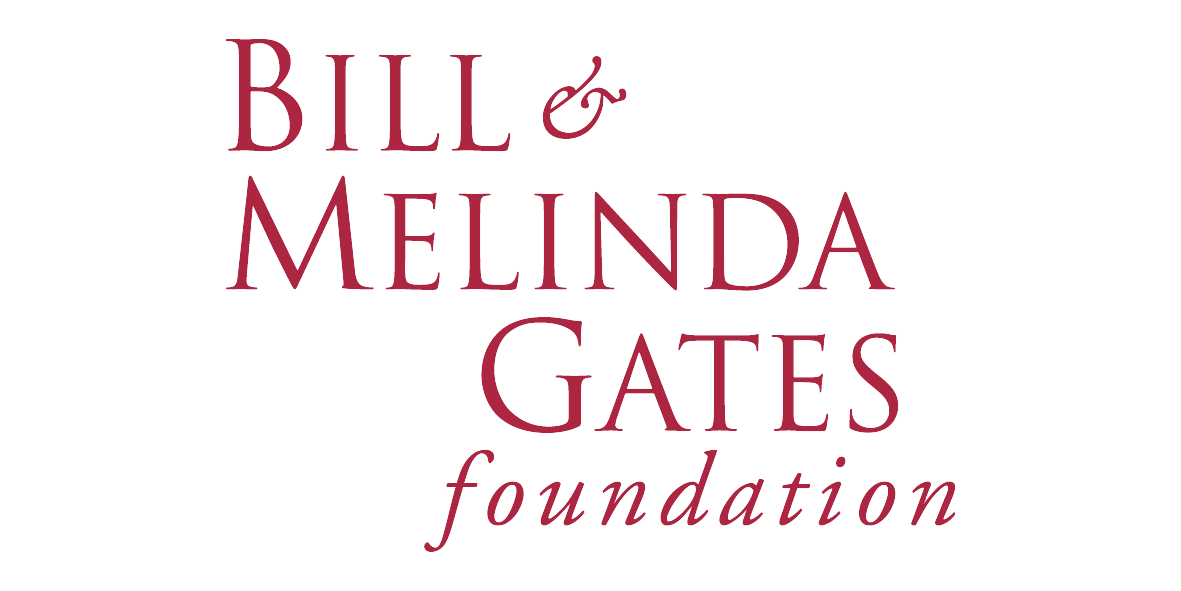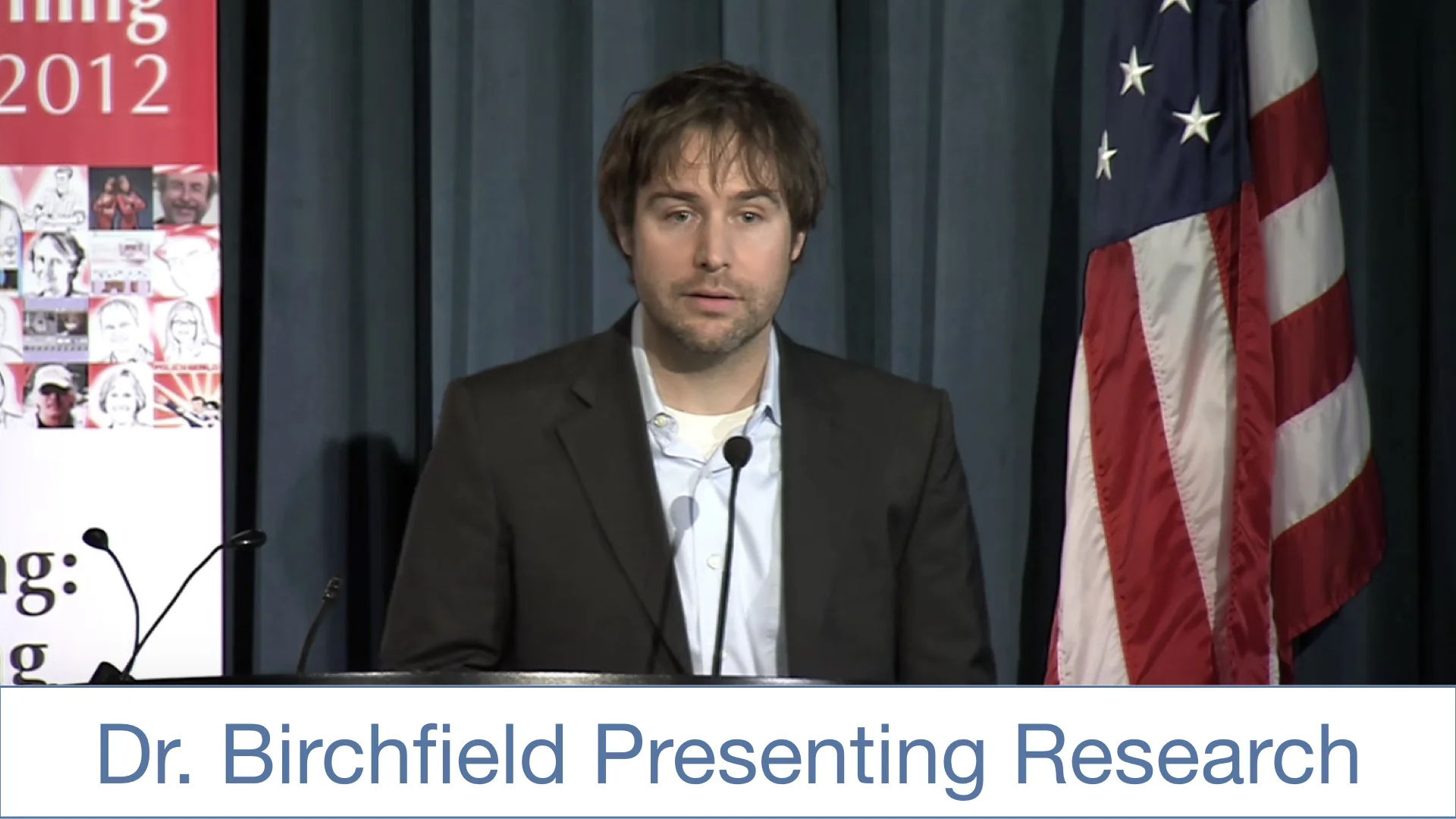Research Question:
How does student learning in SMALLab compare to regular classroom instruction?
Method:
We worked with students and their teacher in an urban public high school setting. Multiple classes were randomly assigned to receive either SMALLab or Regular Instruction first. A wait-list control paradigm was used. Students took the mid-test and then order of intervention switched; the classes received the second intervention – either Regular Instruction or SMALLab. We held content and teacher constant. Over the six days of the study students took the content test three times: pretest, mid-test and post-test.
Results:
Student learning gains were significantly higher after the SMALLab learning intervention when compared to regular classroom instruction. The graph shows student’s mean scores changing over time.The result is statistically significant (p < 0.05) with a large effect size (> 1.00).
Peer-Reviewed Publication:
Tolentino, L., Birchfield, D., Megowan-Romanowicz, M.C., Johnson-Glenberg, M., Kelliher, A., Martinez, C. (2010). Teaching and learning n the Mixed-Reality Science Classroom. Journal of Science Education and Technology, Volume 18, Issue 6, 501-517.









